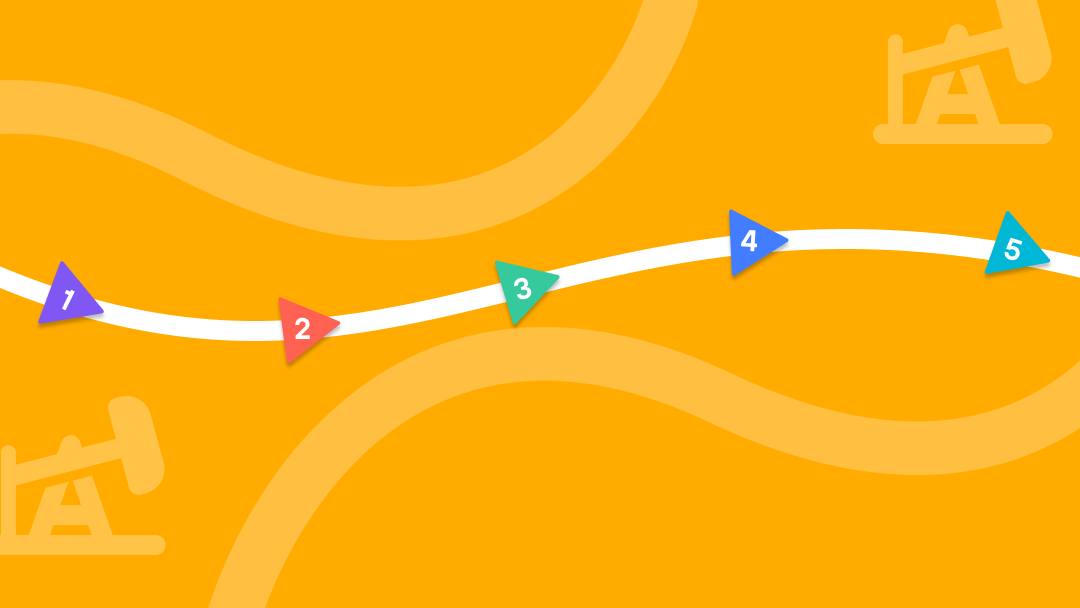With more oil and gas organizations looking to improve their data management practices and create a more comprehensive data and information strategy, how teams in land, production, IT, and more are being dramatically shaped (and improved) by more efficient processs and easier access to critical information.
Where teams used to spend a significant amount of time searching for contracts, leases, and production files are now being powered through technology with tools like:
-
-
- AI-powered document processing to turn land and production records into structured, accessible data
- A centralized system to act as the single source of truth for leases, contracts, production files, right-of-way agreements, etc.
- Process automation to make existing approvals and processes easier and faster
-
Here are four ways this is shaping these teams’ journey to document discovery.
1. Document Management: Quick and Easy Access to Critical Information
The heart of any oil and gas operation lies in the multitude of contracts, leases, permits, and legal documents that govern the use and ownership of properties. Managing these documents efficiently is crucial for compliance, decision-making, and overall operational success. A centralized data management system provides a centralized repository for all these documents, ensuring that they are organized, easily accessible, and up-to-date. This streamlines document retrieval processes, eliminates time wasted searching for information, and minimizes the risk of errors arising from outdated documents.
Moreover, integration with lease management systems further enhances the efficiency of operations. With seamless integration, lease data can be directly linked to relevant documents, creating a comprehensive and interconnected resource that simplifies the decision-making process.
2. Communication and Collaboration: Breaking Down Silos
Effective communication and collaboration across teams and departments are fundamental to a successful oil and gas operation. However, achieving this can be challenging when information is spread across various systems and locations. A centralized data management system bolstered by structured, indexed data, breaks down these silos by providing a common platform where teams can easily share, discuss, and collaborate on critical information.
Centralized documents mean that updates and changes are reflected in real-time, eliminating confusion caused by outdated versions. Whether it’s geologists, land acquisition specialists, legal teams, or production engineers, everyone can access the same reliable information, leading to better-informed decisions and more streamlined workflows.
3. Remote Work: Accessing Information Anywhere, Anytime
The recent global shift towards remote work has emphasized the need for systems that enable employees to access data from anywhere. A centralized data management system is tailor-made for such a scenario. Team members can access documents, contracts, and relevant data from remote locations as easily as they would from the office. This capability not only supports the work-from-home trend but also facilitates fieldwork and on-site operations by providing critical information on demand.
4. Acquisition File Reconciliation: Seamlessly Integrating New Properties
The oil and gas industry is no stranger to acquisitions, and integrating newly acquired properties seamlessly is often a complex and time-consuming task. With AI-powered document processing and centralized data, you have a simplified, standardized framework for handling acquired properties. New acquisition files can be effortlessly reconciled with existing lease files, ensuring that all relevant information is incorporated accurately and efficiently. This reduces the risk of errors and delays associated with manual data entry and enhances the speed at which the acquired assets can begin contributing to the company’s portfolio.
As the industry continues to evolve, embracing technology-driven solutions becomes increasingly essential. By leveraging the power of centralized data management, companies can position themselves for success in an ever-changing landscape.



0 Comments